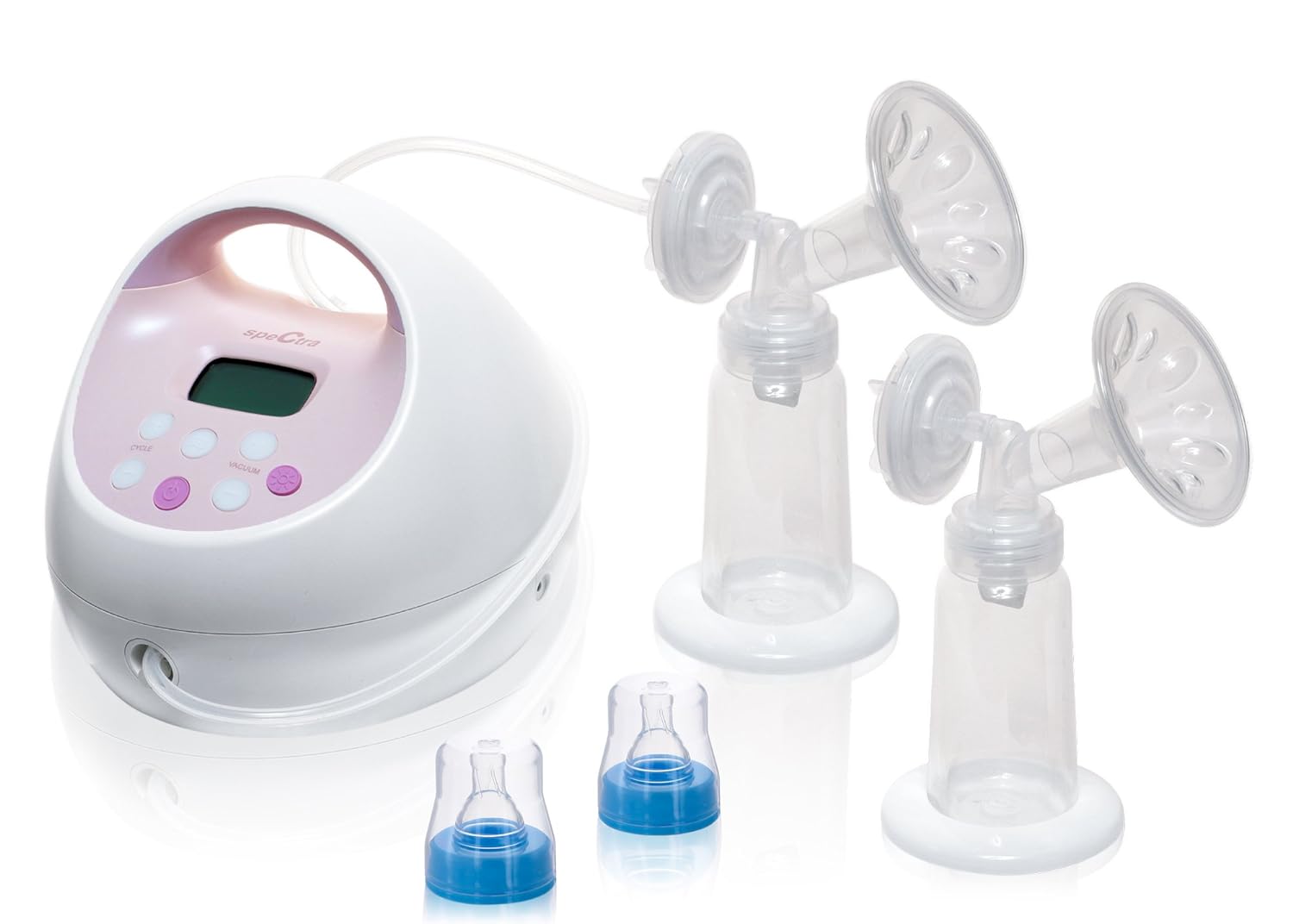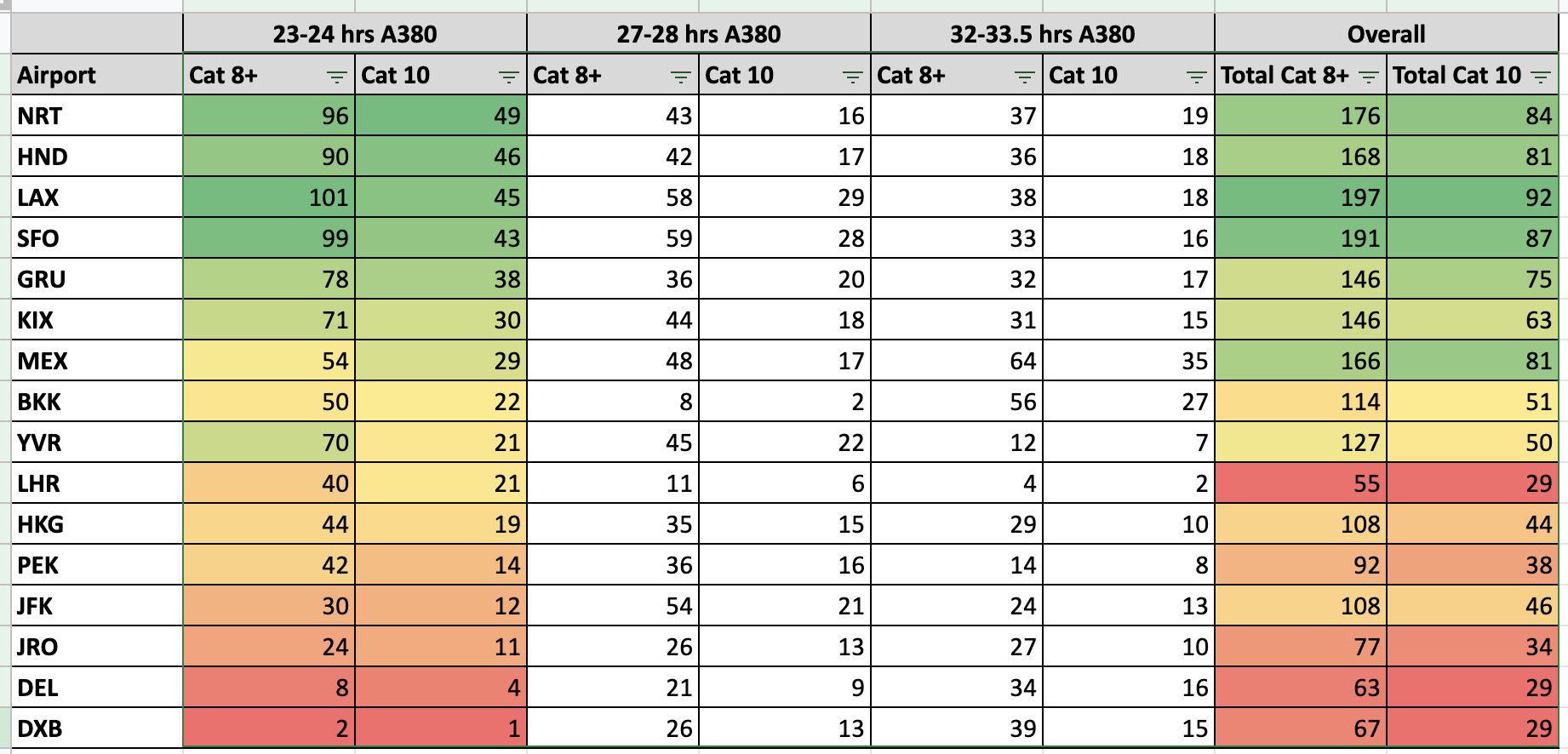Understanding Breast Pumps: A Vital Tool for New Mothers
Breast pumps have become an essential item for many new mothers, providing convenience and flexibility in managing breastfeeding. These devices help in expressing milk for storage or feeding while allowing mothers to maintain their daily routines. There are two primary types of breast pumps: manual and electric. Manual pumps are operated by hand, making them portable and cost-effective, but they may require more effort and time. Electric pumps, on the other hand, use a motor to extract milk and can be more efficient, especially for frequent use. Both types offer unique benefits, and the choice between them often depends on individual needs and lifestyle.
Types of Breast Pumps: Finding the Right Fit
When choosing a breast pump, it’s essential to understand the different types available. Single pumps are designed to express milk from one breast at a time, making them suitable for occasional use. Double pumps, however, allow for simultaneous milk expression from both breasts, significantly reducing the time needed to pump. Additionally, some electric pumps come with adjustable settings and various flange sizes to ensure a comfortable fit and efficient milk extraction. Hospital-grade pumps are designed for heavy-duty use and are often rented for medical reasons or by mothers who need to pump frequently. Understanding these options can help you select a breast pump that best meets your needs.
Key Features to Consider: Efficiency and Comfort
Choosing the right breast pump involves considering several key features to ensure both efficiency and comfort. Suction strength and speed settings are crucial for effective milk extraction. A pump with adjustable suction levels allows mothers to customize their pumping experience to match their comfort and milk flow. Ease of cleaning is another important factor, as pumps with fewer parts or dishwasher-safe components can simplify maintenance. Portability and noise level also play significant roles, especially for those who plan to pump while on the go or in public places. Evaluating these features can help you find a breast pump that fits your lifestyle and preferences.
Best Practices for Using Breast Pumps: Maximizing Benefits
To get the most out of your breast pump, it’s essential to follow best practices for usage and maintenance. Proper positioning of the pump flange is vital for effective milk extraction and comfort. Make sure the flange fits well and creates a good seal around the nipple. Regular cleaning of the pump parts is necessary to prevent contamination and ensure the pump operates efficiently. Additionally, storing expressed milk correctly—by using clean containers and labeling with dates—helps maintain milk quality and safety. By adhering to these best practices, mothers can maximize the benefits of their breast pump and support their breastfeeding goals.borstkolf



